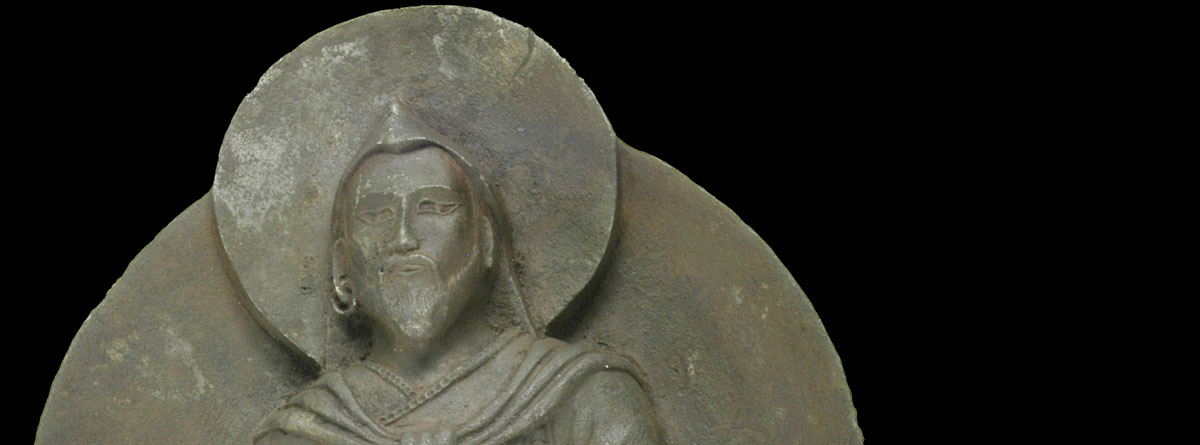New Scientist
Image: Elmar Buchner
One religious statue has a stronger connection than most to the heavens. An 11th-century carving from Mongolia of the Buddhist god Vaisravana was fashioned from a meteorite fragment, a chemical analysis shows. Its extraterrestrial origins make it unique in both religious art and meteorite science.
The iron-rich statue, 24 centimetres tall, has had a colourful past. It was apparently brought to Germany in 1939 by a Nazi-backed archaeological expedition to search for the roots of Aryanism.
A swastika on the armoured Buddha’s breastplate may have been a motivating factor in bringing the statue to Germany. The swastika is a common symbol in eastern culture and decorates many Hindu and Buddhist statues – although the version on the statue is a mirror image of the form favoured by the Nazis.
It’s unclear whether the Nazis found anything of unusual significance in the statue, but Elmar Buchner at the University of Stuttgart, Germany, and his colleagues certainly have.
“When I first saw the statue I was sure that it is made of an iron meteorite,” Buchner says. Read more on newscientist.com…








